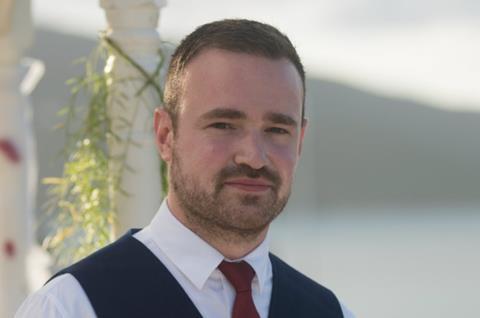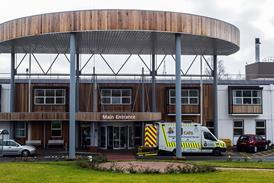MedeAnalytics’ Paul Molyneux on patient-focused predictive modelling

Sponsored column by MedeAnalytics
We didn’t get hover boards on 21 October this year and only Michael J Fox got a pair of self-tying shoelaces.
However, there were predictions from the popular motion picture that proved to be correct including holograms, biometric security and 3D movies.
Another imperfect form of predicting the future is risk stratification. As far back as the second century, Galen of Pergamon, a Greek doctor in the Roman army, predicted the outcome of his patients’ fevers based on the analysis of a known risk factor: urine colour.

Clinicians have successfully used predictive risk modelling and stratification techniques in practice for a long time, to enhance their understanding of their patients’ needs, to inform individual care plans and evidence based interventions, and to create risk profiles for individuals at the point of care.
But what about developing risk profiles for entire populations? This hasn’t yet been as effective. The NHS is increasingly making use of risk stratification at the population level but without necessarily evaluating whether or not it works.
It has been unclear how to successfully apply risk stratification, causing confusion about what to do with population groups at different risk levels, and uncertainty as to the likely clinical and financial outcomes.
Predicting the future health outcomes of populations: it’s possible
This lack of clarity could change if we ask the right questions of the past, so that we can determine what interventions should be made and when across populations.
Through statistical analysis of historical events, every member of our population can be assigned a probability of a specific event happening within a certain time frame in the future.
It is incorrect to suggest that a patient is at 25% risk generally. We should always ask at risk of what? This then requires further refinement. If we ask about the risk of mortality in the population, the answer is simply 100 per cent. Asking about the risk of mortality within one year, may however present an opportunity to affect the clinical and social pathway, and improve outcomes. This is especially the case if we understand not only the degree of risk, but crucially, the reasons why.
Patient-focused predictive modelling like this can inform clinical judgement. Combined with stratification, we can partition the distribution of risk scores in a population and illustrate at which risk threshold action should be taken, and with what resources, in order to achieve a particular outcome. It’s time to look back and change the future.
Paul Molyneux is head of analytics at MedeAnalytics



























No comments yet